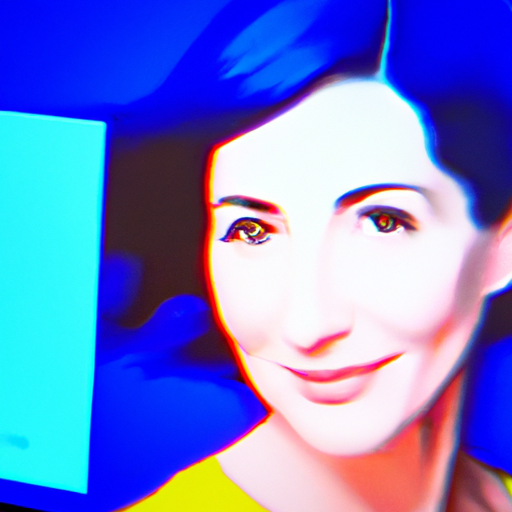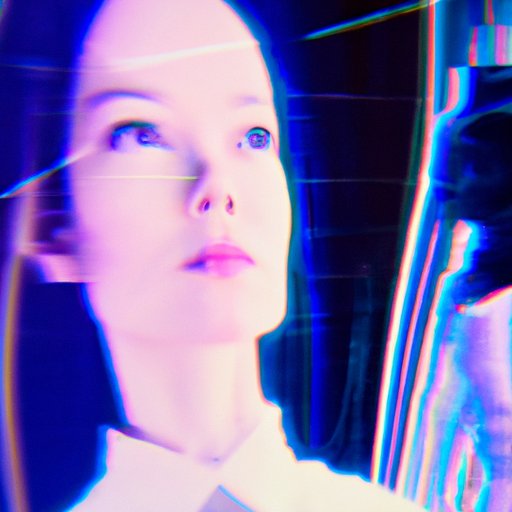
-
Table of Contents
- Photography as Graphic Design: Merging Visual Worlds
- The Evolution of Photography and Graphic Design
- The Intersection of Photography and Graphic Design
- 1. Photography as a Source of Graphic Design Inspiration
- 2. Photography in Graphic Design Composition
- Case Studies: Successful Integration of Photography and Graphic Design
- 1. Apple’s “Shot on iPhone” Campaign
- 2. National Geographic Magazine
- The Future of Photography and Graphic Design
- Conclusion
Photography as Graphic Design: Merging Visual Worlds

Photography and graphic design are two distinct art forms that have long been intertwined. While photography captures moments in time, graphic design uses visual elements to communicate messages and evoke emotions. In recent years, the lines between these two disciplines have blurred, leading to a fascinating merging of visual worlds. This article explores the relationship between photography and graphic design, highlighting the ways in which they complement and enhance each other.
The Evolution of Photography and Graphic Design
Both photography and graphic design have evolved significantly over the years, thanks to advancements in technology and changing artistic trends. In the early days of photography, it was primarily seen as a means of documentation and portraiture. However, as the medium progressed, photographers began to experiment with composition, lighting, and subject matter, pushing the boundaries of what was considered traditional photography.
Similarly, graphic design has undergone a transformation. From its early roots in print media, graphic design has expanded to encompass digital platforms, web design, and user experience. With the rise of social media and the increasing importance of visual content, graphic designers have had to adapt their skills to create compelling visuals that capture attention and convey messages effectively.
The Intersection of Photography and Graphic Design
At their core, both photography and graphic design are visual storytelling tools. They aim to communicate ideas, evoke emotions, and capture the viewer’s attention. The intersection of these two disciplines allows for a unique blend of creativity and technical skill.
1. Photography as a Source of Graphic Design Inspiration
Photography has long been a source of inspiration for graphic designers. The ability to capture a moment in time and convey a story through a single image is a powerful tool. Graphic designers often draw inspiration from photographs to create visually striking designs that resonate with their audience.
For example, a graphic designer working on a branding project for a travel company may look to photographs of exotic landscapes to inspire color palettes, typography choices, and overall design aesthetics. By incorporating elements from photography, the graphic designer can create a visual identity that captures the essence of the travel experience.
2. Photography in Graphic Design Composition
Photography can also play a crucial role in the composition of graphic design projects. By integrating photographs into their designs, graphic designers can add depth, texture, and realism to their work. This can be particularly effective in advertising campaigns, where the use of high-quality photographs can enhance the overall impact of the design.
For instance, a graphic designer creating a poster for a music festival may incorporate photographs of the performing artists to create a visually captivating design. By blending photography with graphic elements such as typography and illustrations, the designer can create a composition that grabs the viewer’s attention and conveys the energy and excitement of the event.
Case Studies: Successful Integration of Photography and Graphic Design
Several real-world examples demonstrate the successful integration of photography and graphic design. These case studies highlight the power of merging visual worlds to create compelling and impactful designs.
1. Apple’s “Shot on iPhone” Campaign
Apple’s “Shot on iPhone” campaign is a prime example of how photography and graphic design can come together to create a powerful marketing campaign. The campaign features stunning photographs taken by iPhone users from around the world. These photographs are then showcased in various advertising materials, including billboards, print ads, and social media posts.
The integration of photography into the graphic design of the campaign allows Apple to highlight the capabilities of their iPhone cameras while also showcasing the creativity and talent of their users. By combining visually striking photographs with minimalistic graphic elements, Apple creates a cohesive and visually appealing campaign that resonates with their audience.
2. National Geographic Magazine
National Geographic Magazine is renowned for its captivating photography and visually stunning design. The magazine seamlessly integrates photographs with graphic elements to create immersive storytelling experiences. The combination of high-quality photography and thoughtful graphic design elevates the magazine’s content and engages readers on a visual and emotional level.
By carefully selecting and curating photographs that align with their editorial vision, National Geographic creates a cohesive visual narrative that enhances the reader’s understanding and appreciation of the featured stories. The graphic design elements, such as typography and layout, work in harmony with the photographs to create a visually compelling reading experience.
The Future of Photography and Graphic Design
As technology continues to advance and artistic trends evolve, the future of photography and graphic design holds exciting possibilities. The merging of these visual worlds is likely to continue, with new techniques and tools emerging to push the boundaries of creativity.
One area where photography and graphic design are already converging is in the realm of digital art. With the rise of digital platforms and social media, artists are exploring new ways to combine photography and graphic design to create visually striking and thought-provoking digital artworks.
Additionally, advancements in augmented reality (AR) and virtual reality (VR) present new opportunities for photographers and graphic designers to collaborate and create immersive visual experiences. By merging photography with interactive graphic elements, artists can transport viewers into new worlds and engage them in unique and captivating ways.
Conclusion
The merging of photography and graphic design has opened up a world of creative possibilities. By drawing inspiration from photography, integrating photographs into graphic design compositions, and leveraging the power of both mediums, artists can create visually striking and impactful designs.
As technology continues to advance, the boundaries between photography and graphic design will continue to blur. The future holds exciting opportunities for collaboration and innovation, as artists explore new ways to merge these visual worlds and create immersive experiences for their audiences.
Whether it’s a marketing campaign, a magazine spread, or a digital artwork, the combination of photography and graphic design has the power to captivate, inspire, and communicate messages in ways that neither medium can achieve alone.
